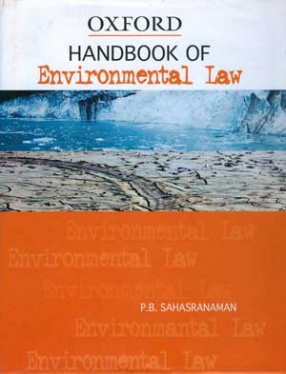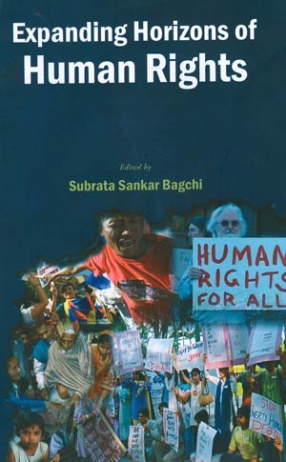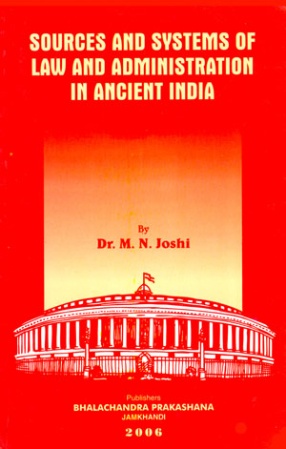Handbook of Environmental Law
Synopsis
In the face of realities today--global warming, clearly discernible climate changes, rapidly deteriorating air and water quality, as well as floods, droughts, and relentless deforestation--action aimed at the preservation of the earth's natural environment is an imperative worldwide. This handbook provides a comprehensive study of legislation, regulations, and case law relating to environmental protection in India.
Sahasranaman examines key issues related to environmental protection including sustainable development, environmental impact assessment, water resource management, waste management, forest conservation, wildlife protection, climate change, disaster management and rehabilitation, the intergenerational equity principle, and environmental taxes. Taking the impact of the 1972 UN Conference on the Human Environment as the starting point, he explains the provisions of various international conventions, constitutional amendments, and legislation enacted in India to tackle the gravest problems. He keeps the international context foregrounded throughout and provides valuable comparative analysis.
Sahasranaman analyses the response of the Indian Supreme Court and High Courts to public interest litigation and their interpretation of environment protection as an extension of the fundamental right to life, and a human right. He critically examines the concepts evolved by the courts in India, and in other countries, to meet the challenge to the environment, including the polluter pays principle, the precautionary principle, the absolute liability principle, the public trust doctrine, and the reversal of the burden of proof.
Lucid and authoritative, this volume will be an essential reference work for students and scholars of environmental law and the Constitution of India, legal professionals, officials in state pollution control boards, policymakers in the fields of industry and environment, and NGOs working on environmental issues.
Read more
Sahasranaman examines key issues related to environmental protection including sustainable development, environmental impact assessment, water resource management, waste management, forest conservation, wildlife protection, climate change, disaster management and rehabilitation, the intergenerational equity principle, and environmental taxes. Taking the impact of the 1972 UN Conference on the Human Environment as the starting point, he explains the provisions of various international conventions, constitutional amendments, and legislation enacted in India to tackle the gravest problems. He keeps the international context foregrounded throughout and provides valuable comparative analysis.
Sahasranaman analyses the response of the Indian Supreme Court and High Courts to public interest litigation and their interpretation of environment protection as an extension of the fundamental right to life, and a human right. He critically examines the concepts evolved by the courts in India, and in other countries, to meet the challenge to the environment, including the polluter pays principle, the precautionary principle, the absolute liability principle, the public trust doctrine, and the reversal of the burden of proof.
Lucid and authoritative, this volume will be an essential reference work for students and scholars of environmental law and the Constitution of India, legal professionals, officials in state pollution control boards, policymakers in the fields of industry and environment, and NGOs working on environmental issues.
Not available
BECOME A MEMBER
Books by the same author









Bibliographic information